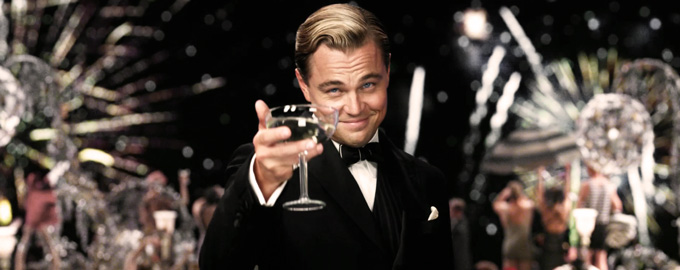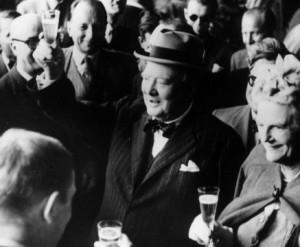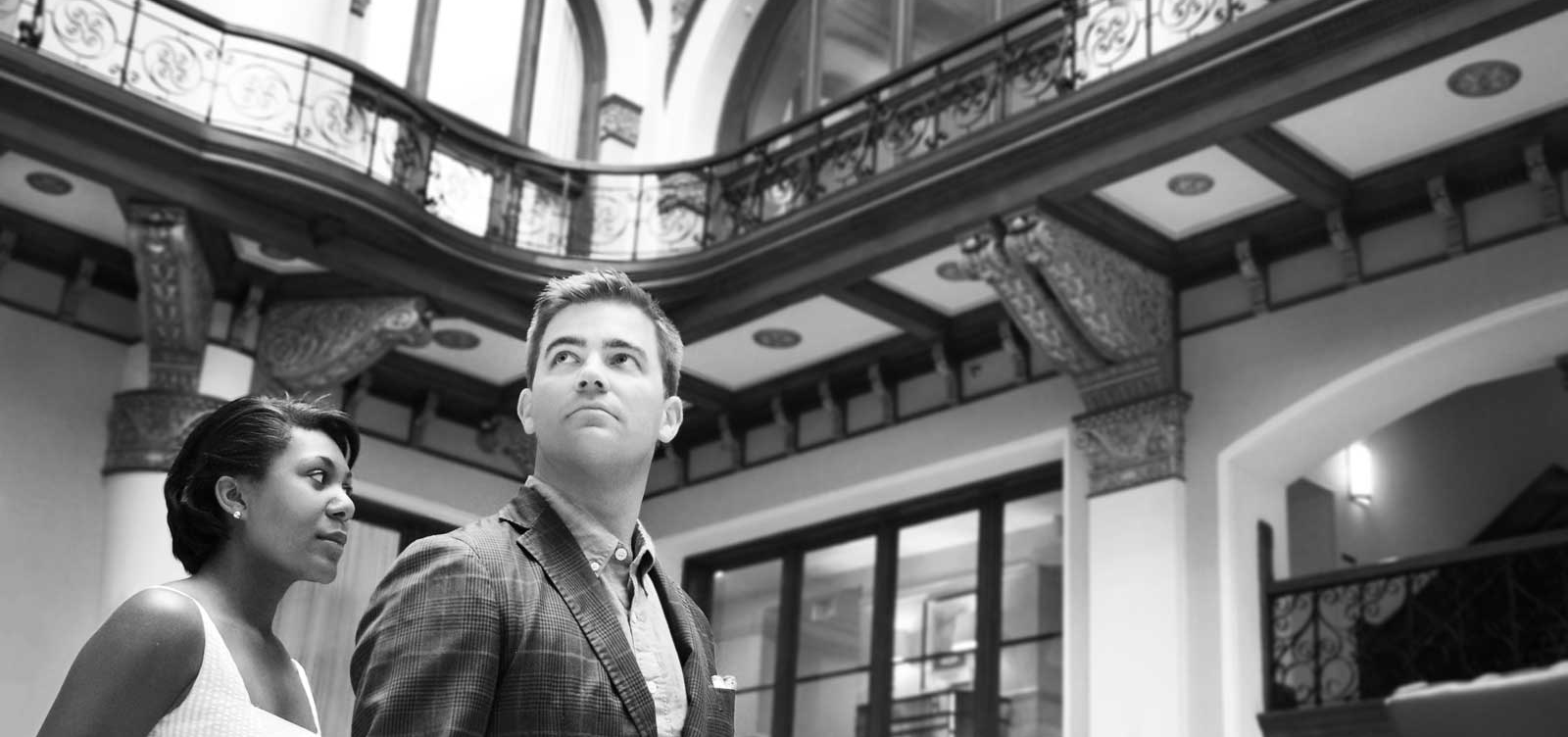
A toast is a gesture. It can be accomplished by a simple well wish or without a word at all. A raising of one’s glass, a few words to those who are part of the communion, and a drink to the betterment of the person or idea is the process in full.
The Irish have many great examples:
“May our Lord keep you in His hand and never close His fist too tight.”
“May the hinges of our friendship never grow rust, and our ale never find must.”
“May the Devil himself follow you all the days of your life…and never catch up.”
In its most frequent and succinct usage, the toast in virtually any language is a salute “to health.”
Yet beyond a simple few words, a Gentleman may be called upon to give a more verbose toast that he may or may not be well rehearsed in delivering, to audiences large or small. In such cases, there are a host of ways to go about preparing such a toast; and with a little investigation on the Gentleman’s part, there are generous amounts of advice on how to construct a “well-rounded” toast. Whether he wishes for it to be comedic, entertaining, or well remembered, the narrative should still contain four basic principles to ensure he is effective in delivering. This timeless structure is what we call the Noble Toast.
The Noble Toast:
- Adoration: begin your toast by directly addressing the object of your well wishes and presumably the reason for the occasion. Compliment and distinguish that individual without any distraction. If you choose to add color and narrative to this piece, do so by all means, but only if it better proves the point.
- Thanksgiving: thank that same individual, or at this point include relevant others, who deserve responsibility for you taking part in the occasion. Otherwise, should the event be dedicated to a charitable cause, mission, or other group of people, this is also the time to join them in the objective of the toast.
- Action: acknowledge the purpose, context, or call-to-action that will result from this occasion. For example, if you are toasting at a wedding in the midst of friends and family, you are free to beg commitment from the audience to acknowledge the hope, excitement, and collective accountability for the future of this blissful couple. This is the crux of the toast, so do not be shy. You’re merely the messenger – these good folks are toasting.
- Closing: Don’t belabor the moment. Raise your glass, maintain eye contact with your recipient, sip, and retire to your seat. (Many would call this ‘knowing when to exit’)
This process can be elaborate or quite concise, depending upon one’s eloquence or role in the occasion. However, the four steps can be achieved in as short and basic of a toast as one might imagine and still be effective.
For example:
“Jimmy, to you I say congratulations on a fine achievement and advancement to this next chapter of your journey. All of us here in this room are sincerely grateful for your hard work and our chance to be a part of it. Now let us altogether wish this fearless man a safe passage and swift victory.” [Raise, sip, and close]

It is that simple.
Finally, as general reminders, do ensure that you toast standing with a glass in hand, with drink in your glass, and genuinely do your best not to embarrass the recipient, host or audience. Take only as long as you sense appropriate (Note: In balanced perspective, if your host has requested that you give a 30 minute toast, that would then also be as long as is appropriate) Regardless, your intentions will be well received and the message taken to heart.
Alas, you will do very well. Thank you for reading. Now go make that excellent toast. Here’s to you!
________________
Note: Featured Image from The Great Gatsby starring Leonardo DiCaprio
